Description
Aufsteigender Reiter by Albert Welti printed on a T-Shirt
About the T-Shirt
Regular fit
Standard length, the fabric easily gives into movement
Casual wear
A classic, everyday option loved by our customers
Side-seamed
Constructed by sewing two parts together, creating a fitted look
The Unisex Staple T-Shirt feels soft and light with just the right amount of stretch. It’s comfortable and flattering for all. We can’t compliment this shirt enough–it’s one of our crowd favorites, and it’s sure to be your next favorite too!
- Solid colors are 100% Airlume combed and ring-spun cotton
- Ash color is 99% combed and ring-spun cotton, 1% polyester
- Heather colors are 52% combed and ring-spun cotton, 48% polyester
- Athletic and Black Heather are 90% combed and ring-spun cotton, 10% polyester
- Heather Prism colors are 99% combed and ring-spun cotton, 1% polyester
- Fabric weight: 4.2 oz./yd.² (142 g/m²)
- Pre-shrunk fabric
- 30 singles
- Side-seamed construction
- Tear-away label
- Shoulder-to-shoulder taping
- Blank product sourced from Nicaragua, Mexico, Honduras, or the US
Albert Welti (1862–1912)
Albert Welti was a Swiss painter and etcher. Many of his works depicted dreams or nightmares.
He was the oldest of seven children born to Jakob Albert Welti-Furrer (1833-1906), a hauler. Part of the Armée de l’Est was billeted on his grandfather’s property in 1871 and watching their activities inspired his later interest in historical scenes.
After completing his primary education, he attended the local Industrieschule, where he studied engraving with Johann Conrad Werdmüller. In 1880, he began a photography apprenticeship with his uncle Oswald Welti (1843-1932) in Lausanne, but stayed with him for only one year. In 1882, he was able to enroll at the Academy of Fine Arts, Munich and came under the influence of Arnold Böcklin, who he met in 1885. After graduating, he obtained financial support from Franz Rose (1854-1912), a generous patron of the arts.
He met and married Emmeline Wildbolz in 1894 and they settled in Höngg, a suburb of Zürich. After his father’s death, he assuaged his grief by visiting Innertkirchen and Vättis, where he created numerous pastel nature studies. After that, he worked in Munich until 1908. while there, he became friends with the author, Hermann Hesse.
His wife died, suddenly, in 1911. He died a year later, aged only fifty. His country home in Ostermundigen, near Bern, was bought by Hesse. His work was part of the painting event in the art competition at the 1924 Summer Olympics.
His best known work is probably a fresco, Die Landsgemeinde [de], in the meeting room of the Ständerat at the Federal Palace. It was left unfinished and was completed by Wilhelm Balmer in 1914. In addition to his art, he also designed postage stamps for the Swiss Post.
His son, Albert Jakob Welti also became an artist and an author. The popular Swiss singer/songwriter, Sophie Hunger is his grand niece.

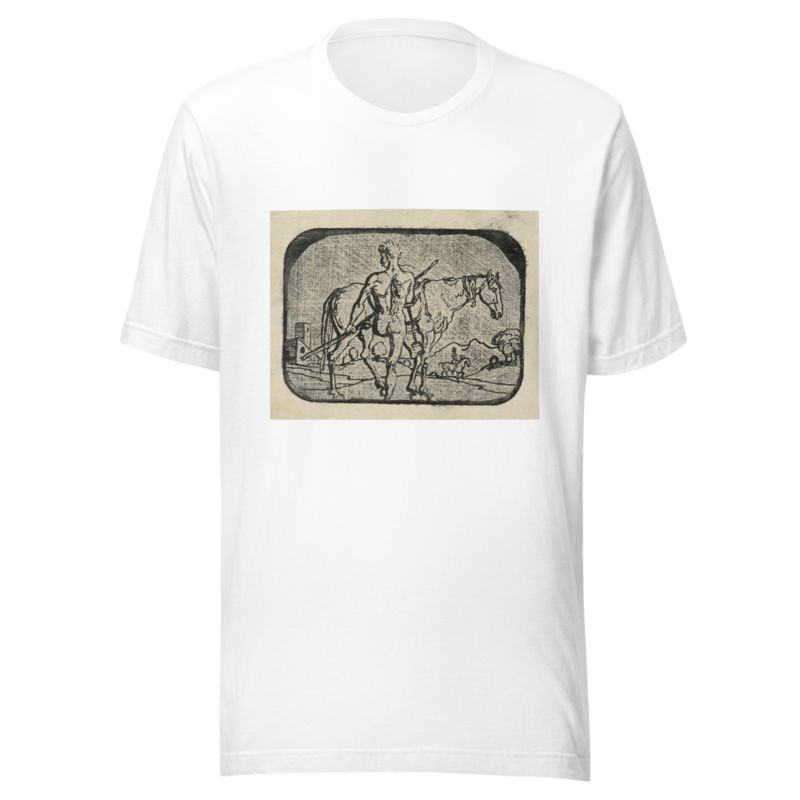
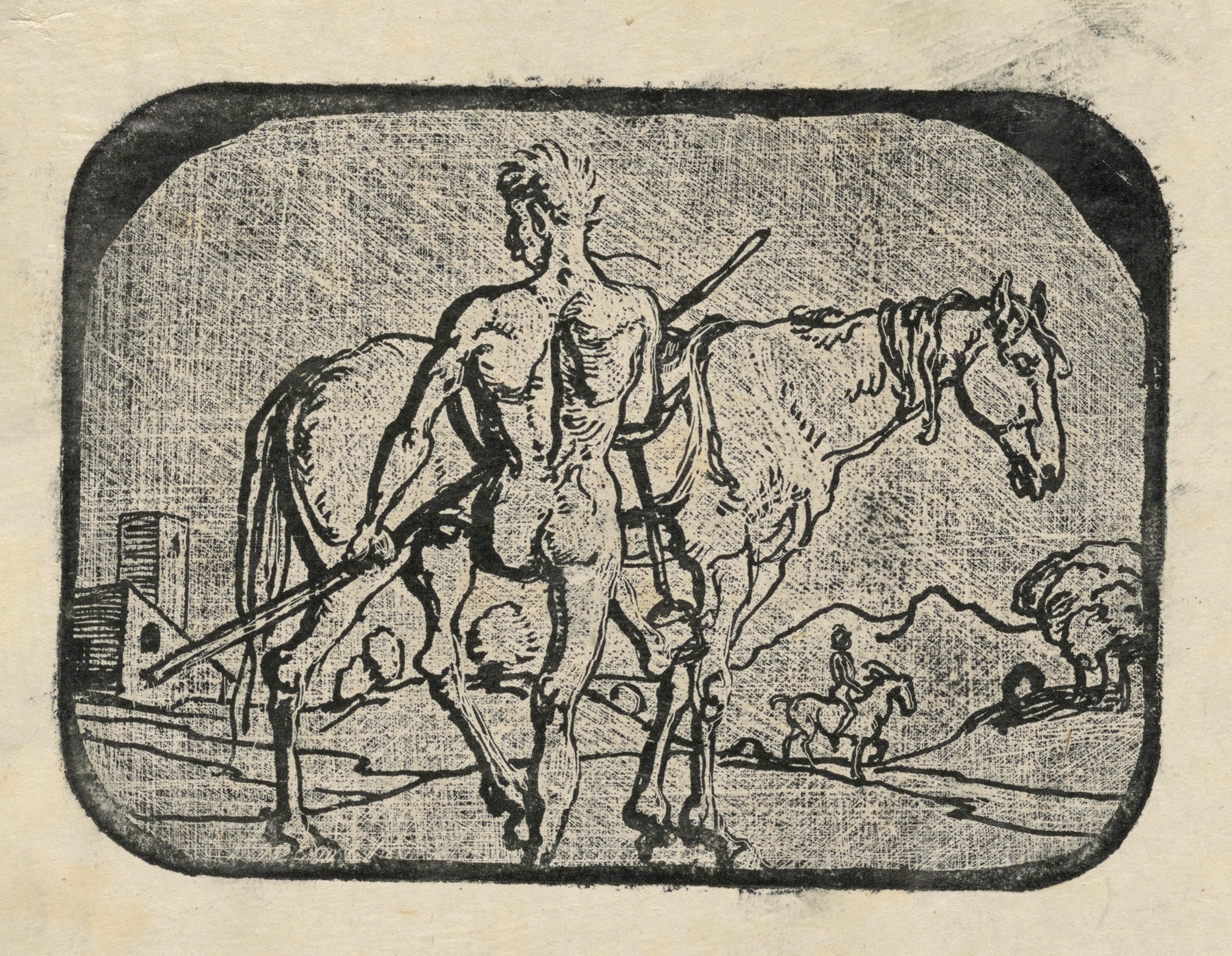
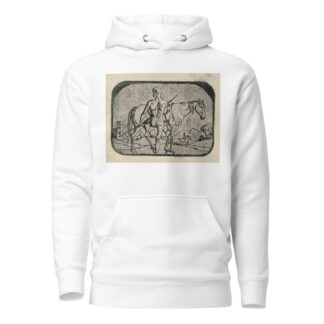
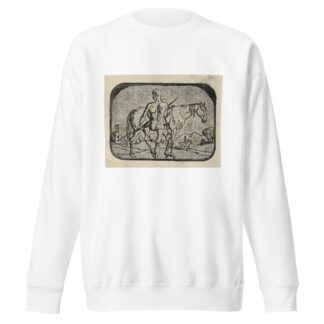
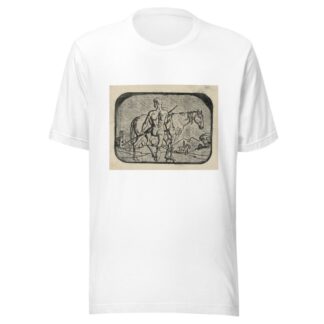
Reviews
There are no reviews yet.